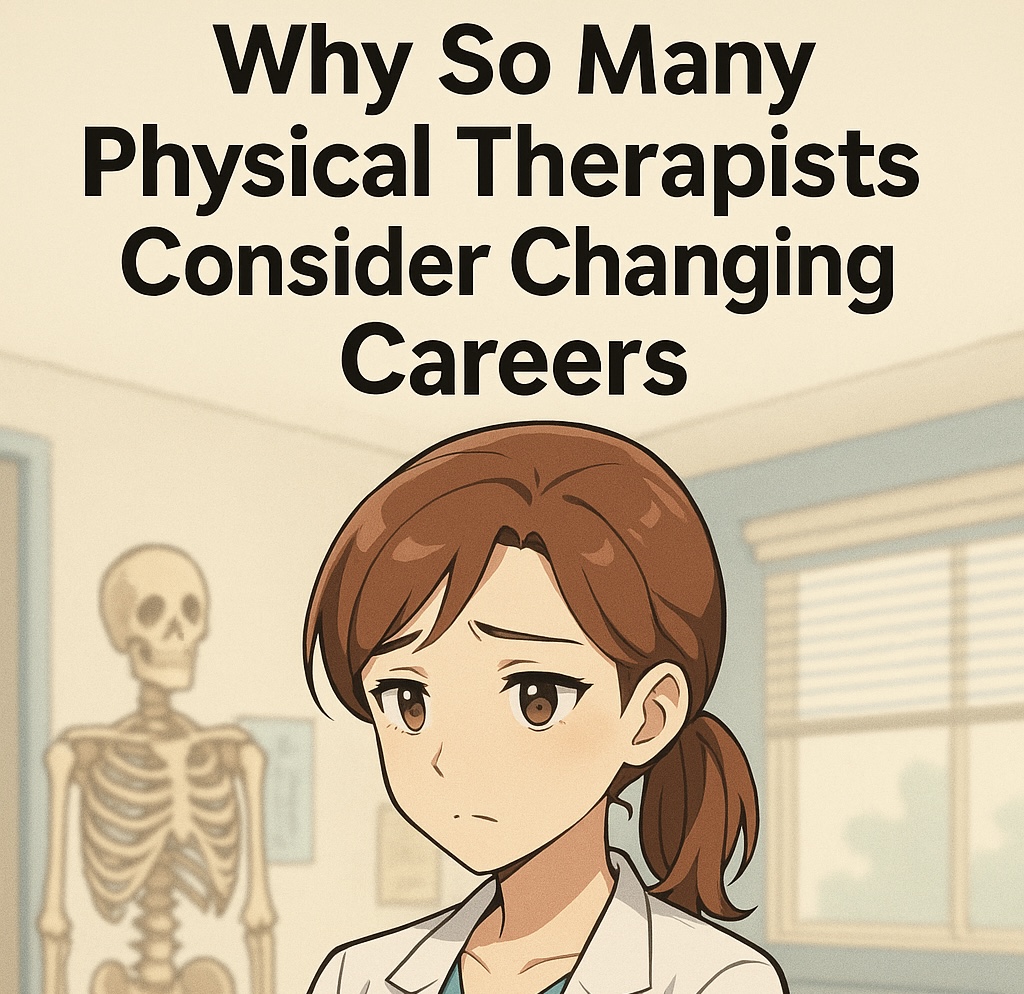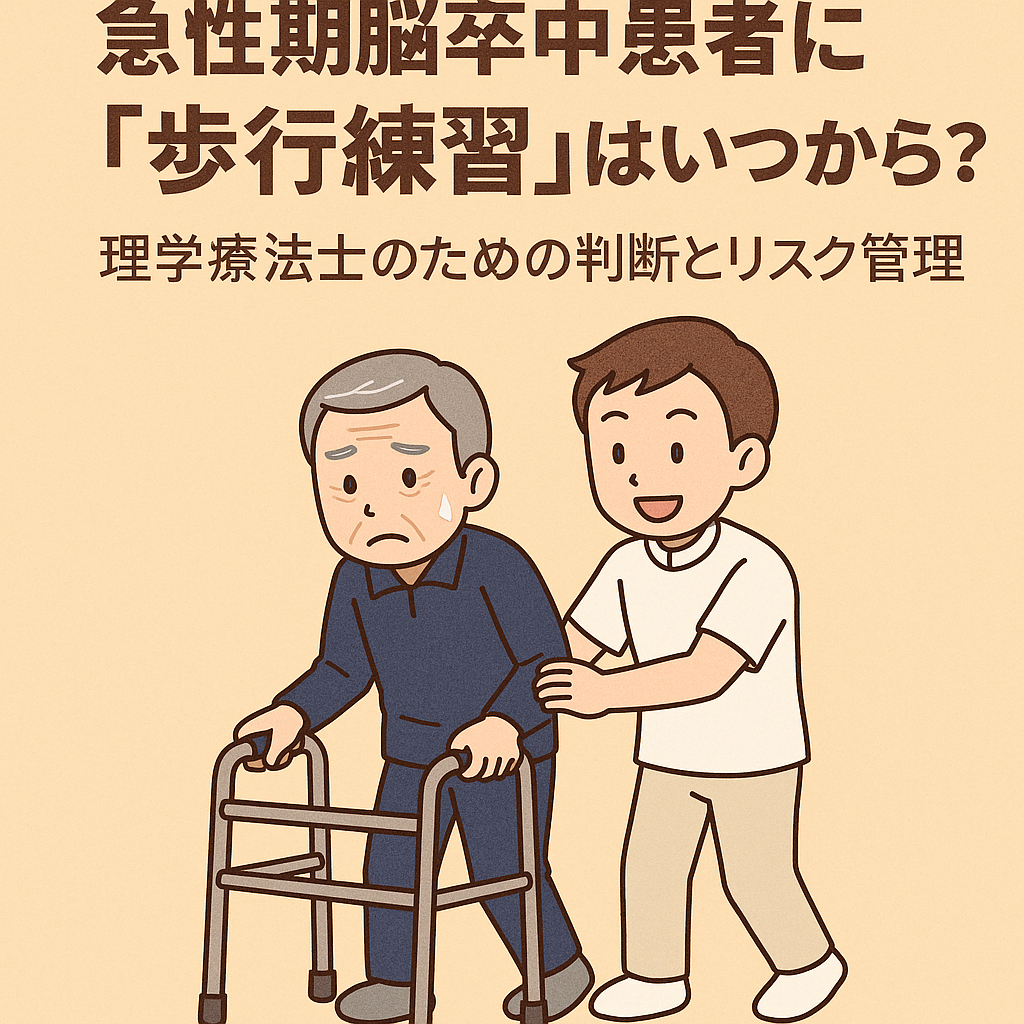「This post is written for English-speaking readers.」
Introduction
Physical therapy is often seen as a deeply fulfilling career. Helping patients regain mobility, reduce pain, and improve their overall quality of life gives many therapists a strong sense of purpose. However, despite these rewards, a growing number of physical therapists find themselves considering leaving the profession entirely. Whether it’s due to job-related stress, limited career growth, or personal reasons, this trend deserves attention. In this article, we will dive deep into the key reasons why many physical therapists contemplate career changes and what steps they can take if they decide to move on.
Burnout and Job Stress
Burnout is one of the most common reasons physical therapists consider a career change. The profession demands not only physical effort—often involving manual therapy, repetitive movements, and long hours on their feet—but also significant emotional energy. PTs regularly work with patients who are in pain or struggling with chronic conditions, which can be emotionally taxing over time.
In many clinical settings, productivity quotas and administrative burdens add to the pressure. Therapists may be expected to see a high number of patients daily while also completing paperwork, documenting progress, and communicating with physicians and insurance companies. This combination can lead to feelings of being overwhelmed, undervalued, and emotionally drained.
A study published in Physical Therapy Journal found that approximately 30-40% of PTs report symptoms of burnout at some point in their careers. This can manifest as fatigue, reduced job satisfaction, and decreased quality of patient care. When burnout becomes persistent, it’s natural for therapists to consider leaving the field in search of better work environments or less stressful roles.
Limited Career Advancement Opportunities
Another major challenge is the perceived lack of upward mobility within the profession. Many physical therapists spend years in clinical roles without clear pathways for advancement or leadership. While some pursue specializations such as orthopedics, geriatrics, or pediatrics, others find that the clinical ladder ends rather abruptly.
Unlike other healthcare professions that offer well-defined management or research career paths, PTs often struggle to find roles that allow them to leverage their experience in new ways. This can lead to stagnation and dissatisfaction, especially among younger therapists who seek continuous professional growth and intellectual stimulation.
Some therapists leave the profession to pursue careers in healthcare administration, teaching, or even entrepreneurship within the health and wellness industry, where they feel their skills can be applied more creatively and with greater autonomy.
Salary and Financial Concerns
Although physical therapy is a respected and moderately well-paying profession, salary remains a significant factor influencing career changes. Many therapists feel that their compensation does not adequately reflect the extensive education, licensure requirements, and clinical responsibilities they shoulder.
In regions with high costs of living, the gap between salary and expenses can be especially frustrating. Student loan debt from graduate programs adds to the financial pressure, leading some PTs to seek higher-paying opportunities outside the traditional clinical roles.
Additionally, therapists working in settings such as nursing homes or outpatient clinics might face lower wages compared to hospital-based positions, limiting financial growth over time. This economic dissatisfaction can be a tipping point for those contemplating career changes.
Work-Life Balance Challenges
Maintaining a healthy work-life balance is a struggle for many physical therapists. Clinic hours can be long and irregular, sometimes including evenings or weekends. This schedule can interfere with family life, personal interests, or self-care routines.
Moreover, the emotional demands of patient care—such as managing difficult cases or witnessing patient setbacks—can take a toll outside of work hours. Therapists who find themselves emotionally exhausted may also experience increased risk of compassion fatigue, which further diminishes job satisfaction.
For many, these factors accumulate and motivate a search for careers that offer more predictable hours, less emotional strain, or remote work options.
Desire for New Professional Experiences
Finally, some physical therapists consider career changes simply because they want to explore new opportunities. The skills acquired as a PT—critical thinking, patient communication, anatomy knowledge, and rehabilitation expertise—are valuable in many related fields.
Some therapists transition into healthcare education, training the next generation of clinicians. Others move into research to advance rehabilitation science or develop new treatment protocols. Wellness coaching, health technology, and even corporate roles in medical device companies are other paths PTs pursue.
This desire for variety and growth is natural. For PTs who feel they have mastered their current clinical roles, career changes can be a way to keep their professional lives stimulating and fulfilling.
What Are the Next Steps?
If you’re a physical therapist thinking about a career change, start by reflecting deeply on what drives your dissatisfaction and what you want from your professional future. Consider talking with mentors or colleagues who have made similar transitions. Research options such as advanced degrees, certifications, or alternative roles that leverage your expertise.
Networking is crucial—attending industry conferences, joining professional groups, or even reaching out on LinkedIn can open doors to new opportunities. Career counseling or coaching can also provide personalized guidance.
Remember, changing careers is a big step but can lead to renewed passion and fulfillment when done thoughtfully.
Conclusion
While physical therapy remains a meaningful and important profession, many therapists face challenges that lead them to reconsider their career paths. Burnout, limited advancement, financial concerns, work-life balance, and the desire for new experiences all play a role.
If you find yourself thinking about a career change, know you’re not alone. By understanding the common reasons behind this trend and exploring your options carefully, you can make a decision that supports your well-being and professional growth.


